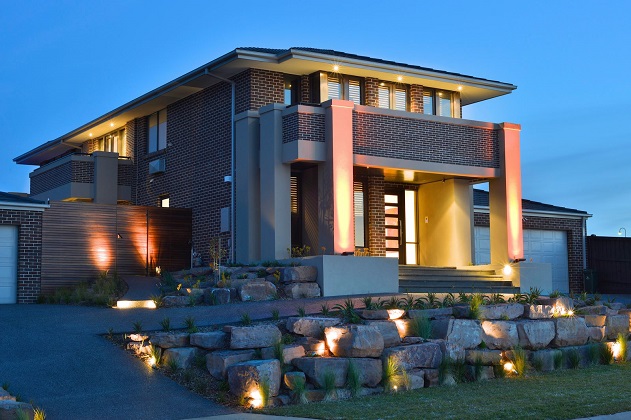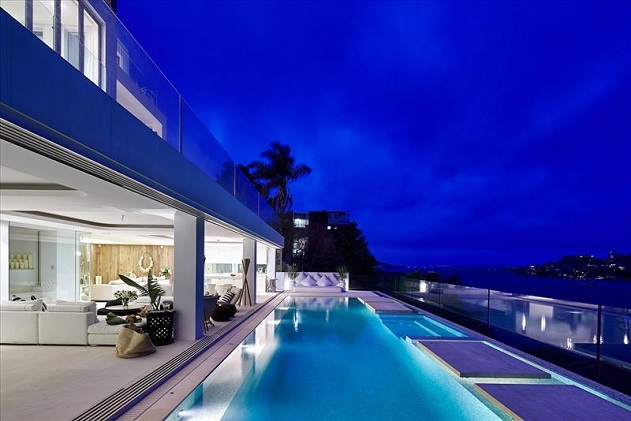The Ideal Exterior Lighting Buying Guide
The best way to figure out what lighting you should or shouldn’t buy for your outdoor space is by coming up with a plan. You can do this by mapping your space and figuring out where you want your focal points to be. Just like lighting the inside of your home, the exterior is similar in the way you want to layer the lighting to create a nice ambiance. Before you do any of that, you should really think about your needs: what you want to create in your space or what you want the space to function as.
Before you choose the ideal exterior lighting for your outdoor space, you should know that this category is usually broken down into two different subcategories:
- The first subcategory would be general lighting which is used to provide enough light for the entire space so you can see where you are going. You can usually see it put along paths or as an overhead light on porches or in front of doors.
- The second subcategory is called accent lighting and it is mostly used for decorating or making focal points. Say maybe around a nice tree in your yard or a sculpture. You can even decide to put some accent lighting somewhere on your house to show off its features. If you are concerned about saving energy then you should only use the lights when needed, and accent lighting on special occasions.
When it comes to choosing your fixtures you should aim for something that will fulfill your needs and accentuate the beauty of your home. Now you have more options than ever, with so many manufacturers taking indoor lighting outside. You can find so many interesting, freshly invented designs – many of which are adaptations from indoor lighting, such as chandeliers for your outdoor table and portable lamps that look great indoors and outdoors.
A factor that most people don’t consider when shopping for outdoor lighting is whether it is shielded or not. Exterior lighting that is shielded is basically lighting which has shields around it. This eliminates any light that may be pointing upwards to render it ‘dark sky friendly’. Without these shields, exterior lighting could be contributing to something we know as light pollution or sky glow which is basically the brightening of the night sky. You can most commonly see this over big cities or towns that have lots of lights. This ultimately gets rid of the beauty of the night sky, and stars are no longer visible.
Another thing you can do to reduce the energy you are using and save money on your power bill is to connect all your exterior lights to a motion sensor or timer. You can have it pointing in a particular direction for example outwards from your front door so you can see where you are putting your key, or so you can see the pathway. Try to make sure that it is not pointing upward to avoid light pollution or pointing somewhere to another person’s house. Regarding sensors, you can find both long and short ones, but we recommend short sensors since they prevent getting false triggers.
Choosing the wattage of your exterior lighting is the last step of setting up your space. Too many people usually think that applying the same wattage outside as they have inside is the right way to go. This is not a great idea as we don’t need such strong lights outside. Most of the time we have a little light from the night sky so you only need a little extra glow. Try choosing some lower wattage bulbs just to lighten up the pathway and entrance enough so you can see easily. If you are not sure, play around with a few different bulbs and pick the type that can provide sufficient lighting for you.






